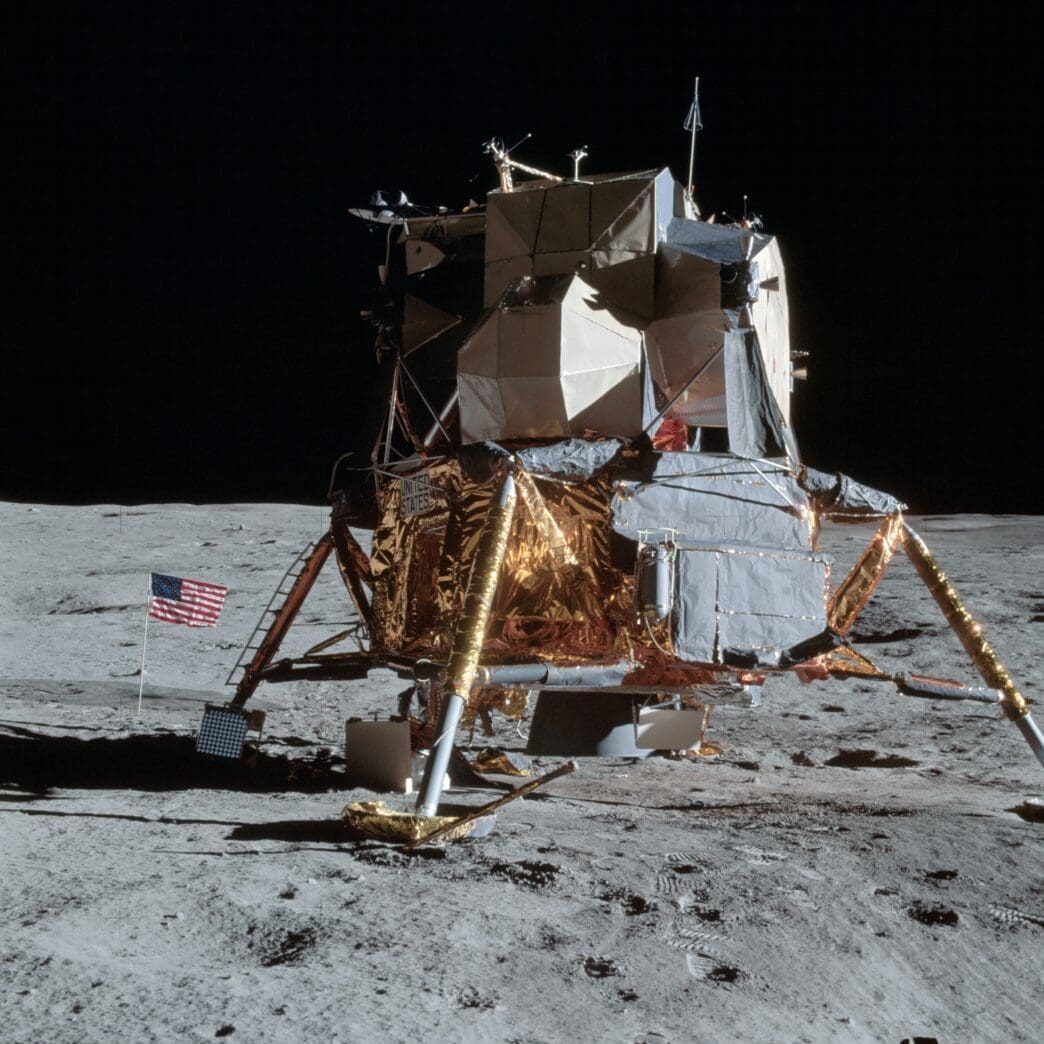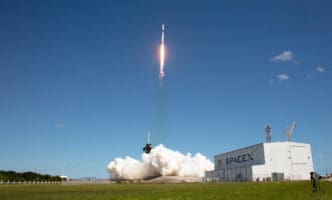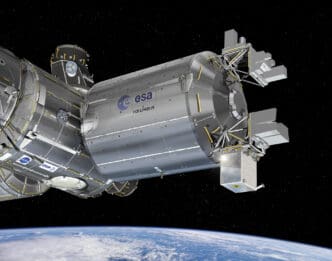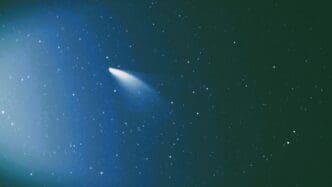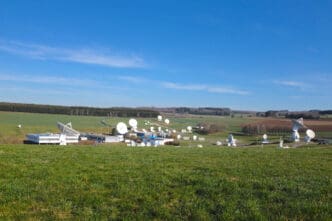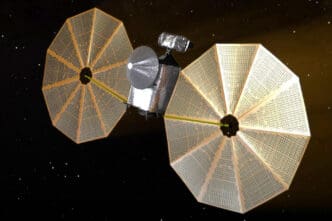On February 5, 1971, the world witnessed an extraordinary achievement as Apollo 14 touched down on the Moon. The mission, featuring astronauts Alan Shepard, Edgar Mitchell, and Stuart Roosa, was pivotal in the exploration of the lunar surface. Their work provided invaluable data that furthered humanity’s understanding of our celestial neighbor.
The Apollo 14 mission was not just about landing on the Moon; it laid the groundwork for future explorations. The team carried out experiments and brought back samples that changed our perception of the Moon’s surface. This mission was a testament to the bravery and ingenuity of the NASA team.
Mission Overview
Apollo 14’s journey to the Moon was filled with challenges, yet the team triumphed with resilience. Launching from Kennedy Space Center, the spacecraft embarked on a trek that lasted several days, culminating in a safe landing at the Fra Mauro highlands. This location was chosen for its scientific value, believed to contain material ejected by a major lunar impact.
The Crew’s Exploration
Shepard and Mitchell conducted two moonwalks, each revealing more about the Moon’s mysteries. Over nine hours, they navigated the lunar terrain, setting up experiments and collecting samples. Their activities were meticulously planned, ensuring maximum scientific return. Meanwhile, astronaut Roosa orbited above, capturing breathtaking images and data.
Their lunar excursion was both physically demanding and intellectually rewarding. The astronauts operated in a challenging environment, with every step carefully coordinated. Their efforts resulted in the collection of 93 pounds of lunar rocks and soil, offering new insights into the Moon’s composition.
Scientific Discoveries
With each moonwalk, knowledge of the Moon expanded. The scientific instruments deployed gathered critical data on seismic activity and the lunar surface composition. The ALSEP (Apollo Lunar Surface Experiments Package) was central to these findings.
Among the data collected, the samples brought back to Earth were particularly enlightening. These rocks revealed the Moon’s geological history, providing clues about its formation and evolution. The diverse mineral content of these samples pointed to a complex lunar geologic activity.
This mission confirmed the presence of basaltic rocks on the Moon, similar to those found on Earth, sparking discussions about shared geological processes. These findings encouraged further studies on the similarities between Earth and lunar geology.
Challenges Faced
Apollo 14 was not without its hurdles. Early in the mission, docking difficulties between the lunar module and the command module tested the crew’s mettle. Swift problem-solving and teamwork were paramount.
The lunar surface posed its own set of challenges, with uneven terrain making navigation perilous. Yet, the crew’s extensive training and determination turned potential setbacks into successes. The astronauts adapted to these conditions with exemplary skill.
Each obstacle encountered was an opportunity to learn and adapt. NASA’s support was pivotal in overcoming these challenges. The collaborative effort between the ground team and the astronauts ensured mission success.
Cultural Impact
Apollo 14’s success captivated the world, inspiring countless individuals to dream of space exploration. The mission highlighted the human capacity for innovation and courage.
The images and discoveries shared with the world emphasized our shared curiosity and drive to explore. The mission’s impact extended beyond science, touching the hearts and minds of millions.
Apollo 14’s legacy is timeless, demonstrating not only scientific achievement but also the unyielding spirit of exploration. Its stories continue to inspire young and old alike.
A Unified Vision for the Future
The story of Apollo 14 is a reminder of what we can achieve when united by a common goal. It underscores our intrinsic need to explore, understand, and transcend boundaries. The mission’s lessons have paved the way for continuous exploration and discovery.
As technology advances, the potential for discovery expands, promising new insights and opportunities.
Apollo 14 demonstrated the power of human ingenuity and courage. The mission not only expanded our knowledge of the Moon but also our understanding of what is possible. Its legacy continues to shape the future of space exploration, inspiring generations to reach for the stars.


